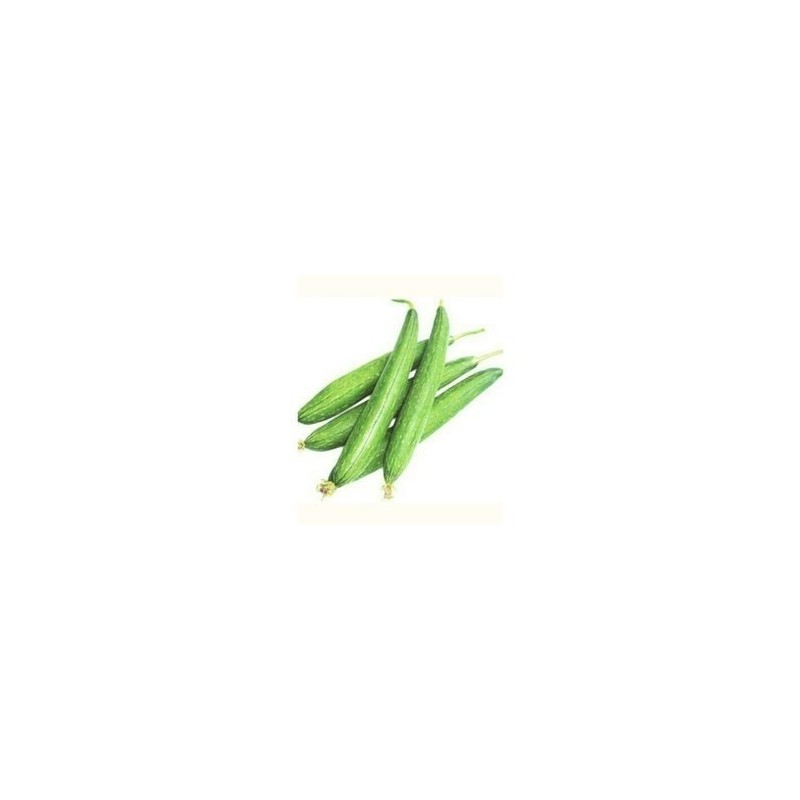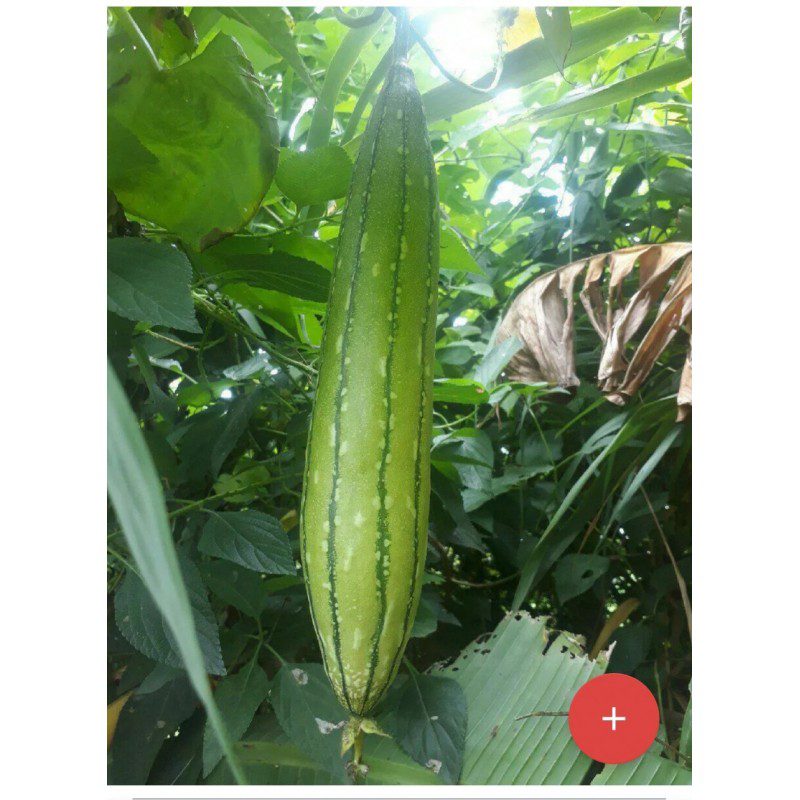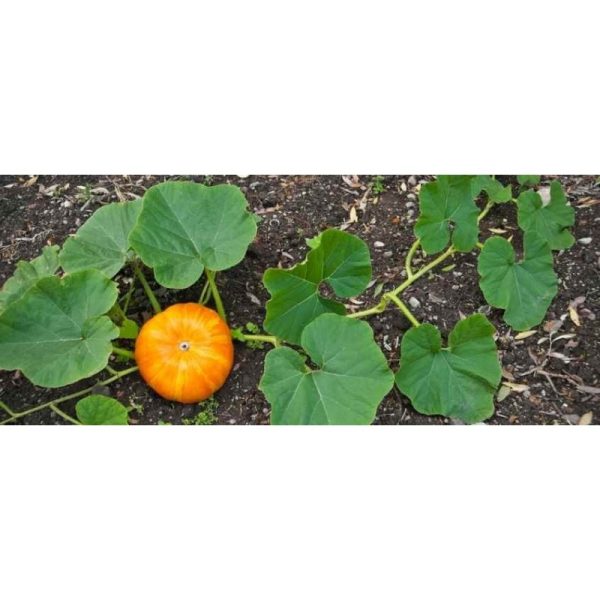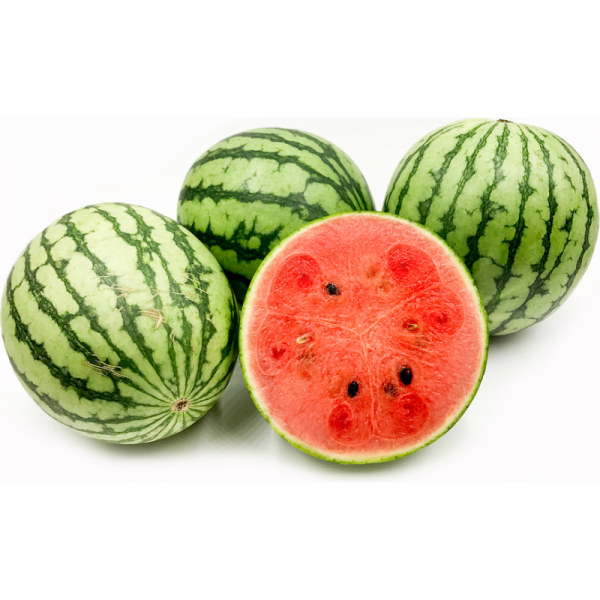Sponge Gourd
Common Name: Luffa
Indian Names: Tuppadahirekayi (Kannada), Peechinga (Tamil, Malayalam)
Botanical Name: Luffa acutangula
Vegetable Type: Cucurbitae (Cucumber family)
Design Ideas: It is a vine like plant, so it is usually along a fence for support.
The sponge gourd, also known as the luffa plant, is famous for its inner sponge, which is used as a handy scrubber primarily for the body, or for countertops, etc. As it is not a typical garden plant, some patience is required for the proper growth and harvest of the luffa. Once harvested the it needs be dried out and the shell can be peeled off, revealing the inner sponge-like texture. It is also used widely in Indian cuisine, in both the southern and northern styles.

Plant Features
Life cycle: Annual
Height: Can grow up to 10m (30ft)
Width: Leaves can have a width of around 25-40cm (10-16 in.)
Flowering Season: Around October-November
Flower: Grows both male and female flower, both of which are a vibrant yellow with the distinction that the female flower is attached to the gourd
Foliage: Medium foliage covers the entire vine, with light green leaves

Planting/Growing details
Sunlight: Needs full sunlight, around 6-8 hours of direct exposure to sunlight, when indoors needs filtered sunlight and a warm environment
Water: Regular watering is needed. Soil should always be kept moist.
Sowing season: The luffa plant is a warm season plant and needs to be started in the spring after the cool season has finished, sometime around April.
Sowing method: The seeds need to be started earlier in pots for better germination and health of the plant. They should be planted 2 cm deep in pots, and make sure the soil temperature is warm. The plant will germinate in about a week, and after a month, when the seedlings have their first leaves on them, they can be transplanted outdoors. They should be left outside in the pots for a couple days, to get the plants accustomed to the outdoor weather, as luffa plants are known to be susceptible to transplant shock. Once the plants are shifted completely outdoors, then it takes 120-150 days for the plant to become ready to pick.
Care: Nutrients are required to keep the plant going. Organic compost, or fertilizers high in nitrogen are ideal for the sponge gourd’s growth. Make sure it is grown on a strong fence, or some other support system, as the vines can get quite large. It is quite a high-demand plant, with its requirements for sunlight, water, and nutrients, all rather high.
Pests: In the initial stages after the plant has been shifted outdoors, it is susceptible to many pests, mainly aphids, slugs, and birds as well. Keeping a layer of pinecones around the base, and keeping a net cover for a couple weeks as the vine develops can help to keep the pests at bay.
Harvest: If you want to use the luffa in the kitchen, then it must be harvested in its tender fruit stages, before it starts flowering. This will be about four months after the initial planting of the seed. If your aim is to use it for the sponge inside, then wait until it flowers, and then pick the sponge gourd. The sponge gourd then needs to be dried, and peeled to reveal the luffa sponge waiting within.






















Reviews
There are no reviews yet.